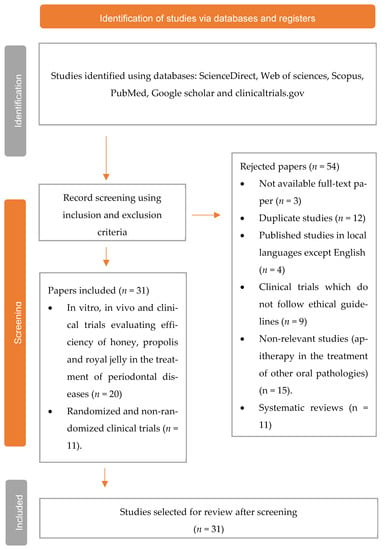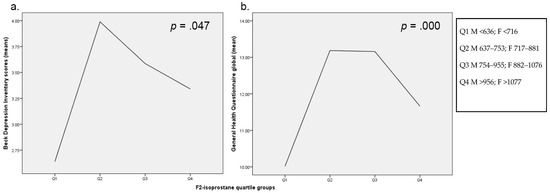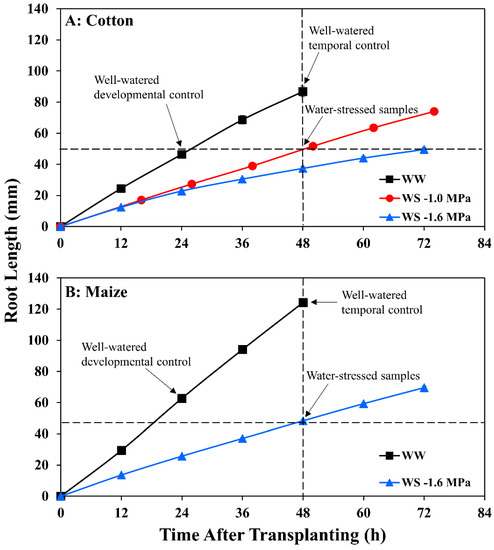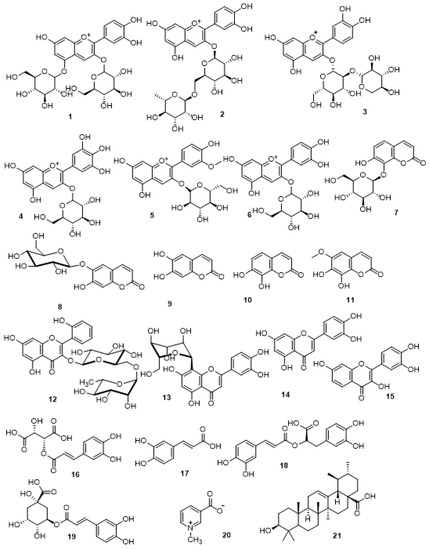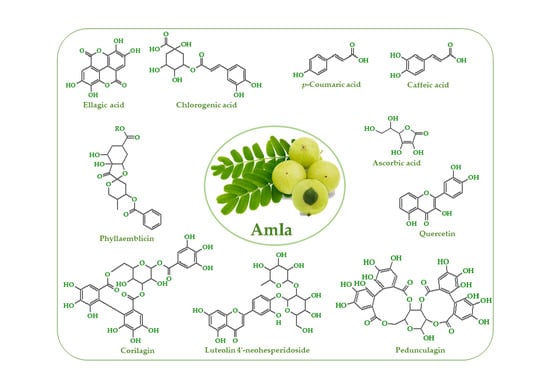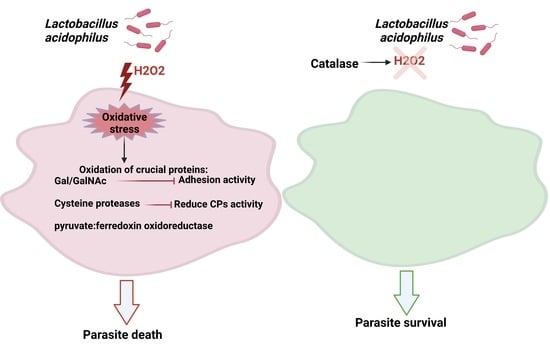1
Chemical and Biochemical Processing Division, ICAR–Central Institute for Research on Cotton Technology, Mumbai 400019, India
2
School of Biological and Environmental Sciences, Shoolini University of Biotechnology and Management 3 Sciences, Solan 173229, India
3
Centro Tecnológico de la Carne de Galicia, rúa Galicia n° 4, Parque Tecnológico de Galicia, San Cibrao das Viñas, 32900 Ourense, Spain
4
Área de Tecnología de los Alimentos, Facultad de Ciencias de Ourense, Universidad de Vigo, 32004 Ourense, Spain
5
Department of Veterinary Sciences and Animal Husbandry, Amrita School of Agricultural Sciences, Amrita Vishwa Vidyapeetham University, Coimbatore 642109, India
6
Division of Horticulture, RCSM College of Agriculture, Kolhapur 416004, India
7
Department of Life Sciences, Presidency University, 86/1 College Street, Kolkata 700073, India
8
Department of Rural Development and Agricultural Extension, College of Agriculture, Wolaita Sodo University, Wolaita Sodo, Ethiopia
9
Department of Pharmacy, Bhagwant University, Ajmer 305004, India
10
Dr. S. S. Bhatnagar University Institute of Chemical Engineering and Technology, Panjab University, Chandigarh 160014, India
11
Dr. Seiler und Kollegen Oral Surgery, 70794 Filderstadt, Germany
12
ICAR—National Research Centre on Pomegranate, Solapur 413255, India
13
ICAR—National Research Centre for Orchids, Pakyong 737106, India
14
Department of Seed Science and Technology, Amrita School of Agricultural Sciences, Amrita Vishwa Vidyapeetham University, Coimbatore 642109, India
15
Department of Plantation Crops and Spices, Kerala Agricultural University, Vellanikkara, Thrissur 680656, Kerala, India
16
Department of Agronomy, Amrita School of Agricultural Sciences, Amrita Vishwa Vidyapeetham University, Coimbatore 642109, India
17
Department of Soil Science and Agricultural Chemistry, Amrita School of Agricultural Sciences, Amrita Vishwa Vidyapeetham University, Coimbatore 642109, India
18
School of Agriculture and Biosciences, Karunya Institute of Technology and Sciences, Coimbatore 641114, India
19
Department of Agricultural Entomology, SRM College of Agricultural Sciences, SRM Institute of Science and Technology, Chengalpattu 603201, India
20
Department of Agricultural Entomology, Amrita School of Agricultural Sciences, Amrita Vishwa Vidyapeetham University, Coimbatore 642109, India
21
Department of Clinical Laboratory Sciences, College of Applied Medical Sciences, Jouf University, Sakaka 72341, Saudi Arabia
22
Institute of Animal Reproduction and Food Research, Polish Academy of Sciences, Tuwima 10 Str., 10-748 Olsztyn, Poland
23
Clinic for Conservative Dentistry and Periodontology, School of Dental Medicine, Christian-Albrecht’s University, 24105 Kiel, Germany
add
Show full affiliation list
remove
Hide full affiliation list

